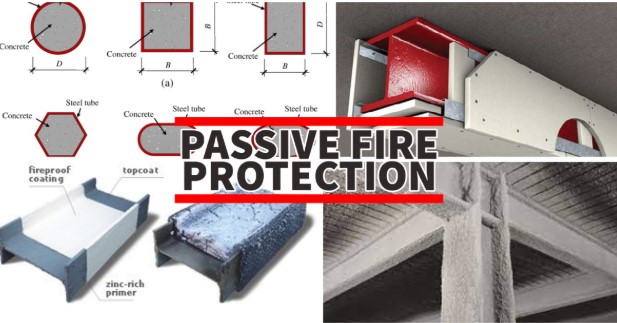Introduction
Fire safety is more than just having fire extinguishers and alarms — it’s about building resilience into structures and systems. Passive fire protection methods are an essential part of any fire safety strategy, designed to contain and slow the spread of fire, giving occupants more time to evacuate and minimizing property damage. Understanding these methods is key for any business or building owner committed to comprehensive fire protection.
What is Passive Fire Protection?
Passive fire protection (PFP) refers to building construction features and systems that help contain a fire and limit its spread without human intervention. Unlike active fire protection — such as sprinklers or alarms — PFP works quietly and continuously as part of a building’s design.
Examples of passive fire protection include:
- Fire-resistant walls and floors
- Fire doors
- Firestopping materials
- Fire-resistant coatings
These systems are vital in ensuring both structural integrity and the safety of occupants.
Common Passive Fire Protection Methods
- Fire-Resistant Building Materials
- Materials like gypsum boards, concrete, and fire-rated glass are designed to withstand heat and slow fire spread.
- Tip: Ensure materials meet local fire safety regulations and are certified for fire protection.
- Fire Doors and Compartmentation
- Fire doors prevent fire and smoke from moving between compartments, allowing safe evacuation routes.
- Compartmentation divides a building into sections to contain fire and smoke.
- Tip: Regularly inspect fire doors and ensure they close automatically without obstruction.
- Firestopping
- Firestopping involves sealing openings in walls, floors, and ceilings with fire-resistant materials.
- Tip: Hire certified fire protection professionals to perform firestopping work to meet fire safety codes.
Benefits of Passive Fire Protection
- Enhanced Safety: Gives occupants more time to evacuate safely.
- Reduced Property Damage: Slows fire spread, protecting valuable assets.
- Compliance: Meets fire safety regulations and building codes.
- Long-Term Cost Savings: Reduces losses and insurance claims due to fire damage.
Conclusion & Call-to-Action
Passive fire protection is a cornerstone of effective fire safety and fire protection strategies. By integrating PFP measures into building design and maintenance, you can protect lives, property, and your business reputation.
💡 Ready to strengthen your building’s fire safety? Visit Safety Source Limited or contact us today for expert advice on the best passive fire protection methods for your property.

